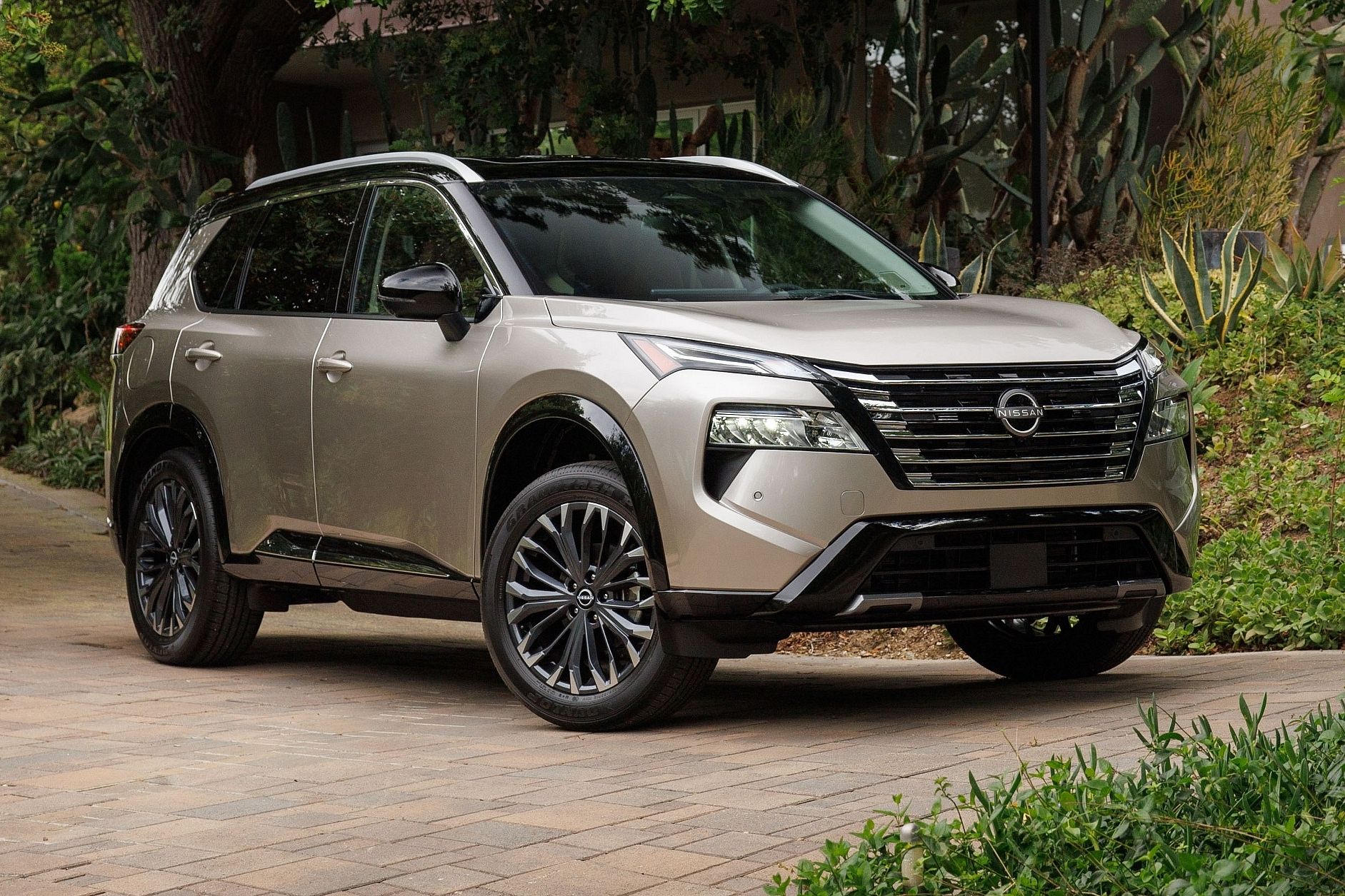
If you are currently in possession of a Nissan Rogue between the 2014-2016 model years, a recall has been issued by the company for potential fire risk. The affected flaw is causing water and salt to seep into the car's wiring system which is a recipe for disaster. Considering that this product is one of the highest-selling cars in North America, over 793,000 units have been affected.
According to a report by the National Highway Traffic Safety Administration (NHTSA), corrosion has been detected in the wiring connector found in the driver's footwell of some models that were produced during these years. Beyond creating a fire, this can also result in a malfunctioning of the power windows and seats, spontaneous illumination of the all-wheel-drive warning light, and excessive battery drainage.
Nissan is currently working on a plan to fix the issue, while owner notification letters are expected to be mailed by March of this year. A follow-up notice of the prepared remedy will follow once available.
So, why exactly is this issue specific to Rogue models assembled during this period? The report explains that the troublesome harness tape was removed from cars produced after MY2016. This is also the only product in the Nissan group to make use of the tape. Nissan confirms that a repair is currently underway and that we can expect a rollout to commence by spring.
Considering that these cars are no longer under warranty, the manufacturer will include a notification regarding the reimbursement of the cost of obtaining the remedy. These models form part of the first batch of second-generation Rogues that were assembled at Nissan's Smyrna plant in Tennessee. This was replaced by the T33 generation just two years ago, although both SUVs make use of the Renault-Nissan CMF-CD platform.
Two years after this model was introduced to the USA, it became the best-selling product in its segment. As of today, the Rogue is still going strong with Nissan's latest sales figures showing it finding 285,602 new homes in 2021, which is a 25.3 percent increase over 2020.
